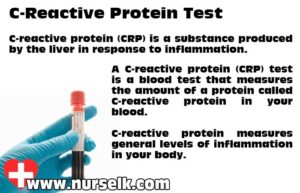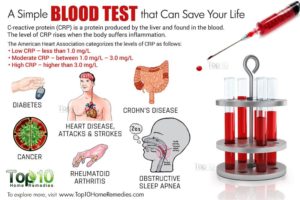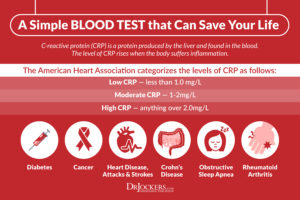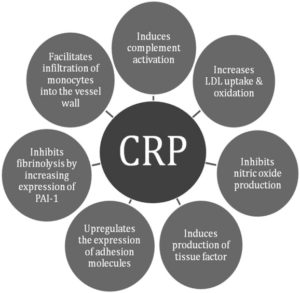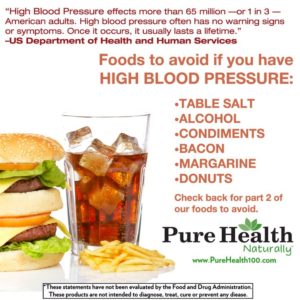



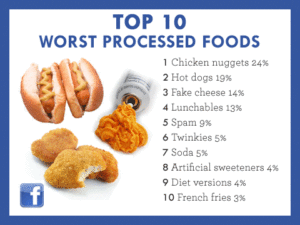
There is a lot of confusion out there about which foods are healthy, and which are not.
Let us start with a list of 20 foods that are generally very unhealthy. If you want to lose weight and avoid chronic disease, then you shouldn’t eat much of these foodsif you know you can treat yourself to these foods once and awhile (eat them moderately where 80% of your diet during the week is healthy foods with doing some form of exercise than your doing good).
In many cases, the best choice is to avoid them completely but if you know you can treat yourself to these foods once and awhile with actually doing it meaning eating them moderately where 80% of your diet during the week is healthy foods with doing some form of exercise than your doing good.
In this article, healthy alternatives are mentioned whenever possible.
Sugary Drink
Added sugar is the single worst ingredient in the modern diet.
However, some sources of sugar are worse than others, and sugary drinks are the absolute worst.
When people drink sugar calories, the brain doesn’t “register” them as food.
For this reason, people don’t automatically compensate by eating less of other foods instead, and end up drastically increasing their total calorie intake.
Sugar, when consumed in large amounts, can drive insulin resistance in the body and is strongly linked to non-alcoholic fatty liver disease. It is also associated with various serious diseases, including type 2 diabetes and heart disease.
Sugary drinks are the most fattening aspect of the modern diet, and drinking them in large amounts can drive an increase in weight/fat gain and obesity.
Alternatives: Drink water, soda water, coffee or tea instead. Adding a slice of lemon or lime to water or soda water can add some taste if you don’t like it plain.
Most Pizzas
Pizza is one of the world’s most popular junk foods.
This is not surprising, given that it tastes awesome and is incredibly convenient to eat.
The problem is that most commercially prepared pizzas are made with seriously unhealthy ingredients.
The dough is made from highly refined wheat flour, and the meats on them are usually processed. Pizza is also extremely high in calories.
Alternatives: Some pizza places use healthier ingredients. Homemade pizzas can also be very healthy, as long as you choose wholesome ingredients.
White Bread
Bread is generally made from wheat, which contains the protein gluten.
For this reason, all wheat-based breads are a bad idea for people who have celiac disease or gluten sensitivity.
However, most commercial breads are unhealthy, even for people who do tolerate gluten.
This is because the great majority of them are made from refined wheat, which is low in essential nutrients (empty calories) and leads to rapid spikes in blood sugar. Keeping that in mind remember you have a large meal it goes to your stomach and gets digested sent to the blood eventually with the sugars in it. If you have high sugar amounts your tissues in the body can only utilize so much than your liver storing extra sugar not needed making it inactive converting it to glycogen but if there is still extra sugars hanging around in the blood now it goes into the fat tissue for storage and becomes fat in the tissue. Eat most of your foods high in sugar and obesity results.
Alternatives: For people who can tolerate gluten, another type of bread is an excellent choice called ezekiel bread. Remember whole grain bread is also definitely better (or “less bad”) than white bread.
Most Fruit Juices
Assumed to be healthy, but this is a mistake=most fruit juices.
Many fruit juices are actually little more than fruit-flavored sugar water.
It is true that the juice contains some antioxidants and vitamin C, but this must be weighed against the large amount of liquid sugar.
In fact, fruit juice contains just as much sugar as a sugary drink like Coke or Pepsi, and sometimes even more.
Alternatives: There are some fruit juices that have been shown to have health benefits despite the sugar content, such as antitoxin juices (blueberry or pomegranate juices). However, these should be considered as supplements, not something you drink every day to quench thirst. The best drink for supplementing everyday your quench of thirst is water.
Industrial Vegetable Oils
In the last 100 years or so, people have increased their consumption of added fats.
However, this is entirely explained by a drastic increase in the consumption of refined vegetable oils like soybean, corn, cottonseed and canola oils.
These oils are very high in omega-6 fatty acids, which humans never consumed in such large amounts before.
There are many serious concerns with these oils. They are highly sensitive to oxidation and cause increased oxidative stress in the body. They have also been linked to increased risk of cancer.
Alternatives: Use healthier fats like coconut oil, butter, extra virgin olive oil or avocado oil instead.
Margarine
Considered a healthy alternative to butter once is no longer the fact.
Fortunately, most people have now realized that this is far from being true.
Margarine is a highly processed pseudo-food that has been engineered to look and taste like butter.
It is loaded with artificial ingredients, and is usually made with industrial vegetable oils that have been hydrogenated to make them more solid. This increases the trans fat content significantly.
Keep in mind that manufacturers can label “no trans fat” to their products as long as it contains less than 0.5 grams per serving, which is still a significant amount.
Alternatives: Use real butter instead, preferably from grass-fed cows.
Pastries, Cookies and Cakes
Most pastries, cookies and cakes are extremely unhealthy but most of us know this already.
They are generally made with refined sugar, refined wheat flour and added fats, which are often disturbingly unhealthy fats like shortening=trans fat content is high.
These tasty treats are literally some of the worst things that you can put into your body besides it having no essential nutrients with tons of calories and ingredients totally unhealthy. Foods to have holidays, once in a while.
French Fries and Potato Chips
Potatoes whole and white, that are very unhealthy.
However, the same can be said of the products that are made from them, such as potato chips and with our typical burger french fries .
These foods are very high in calories, and it is easy to eat excessive amounts. Several studies link consumption of french fries and potato chips with weight gain.
Stay tune tomorrow for part II on more unhealthy foods in your routine diet.
